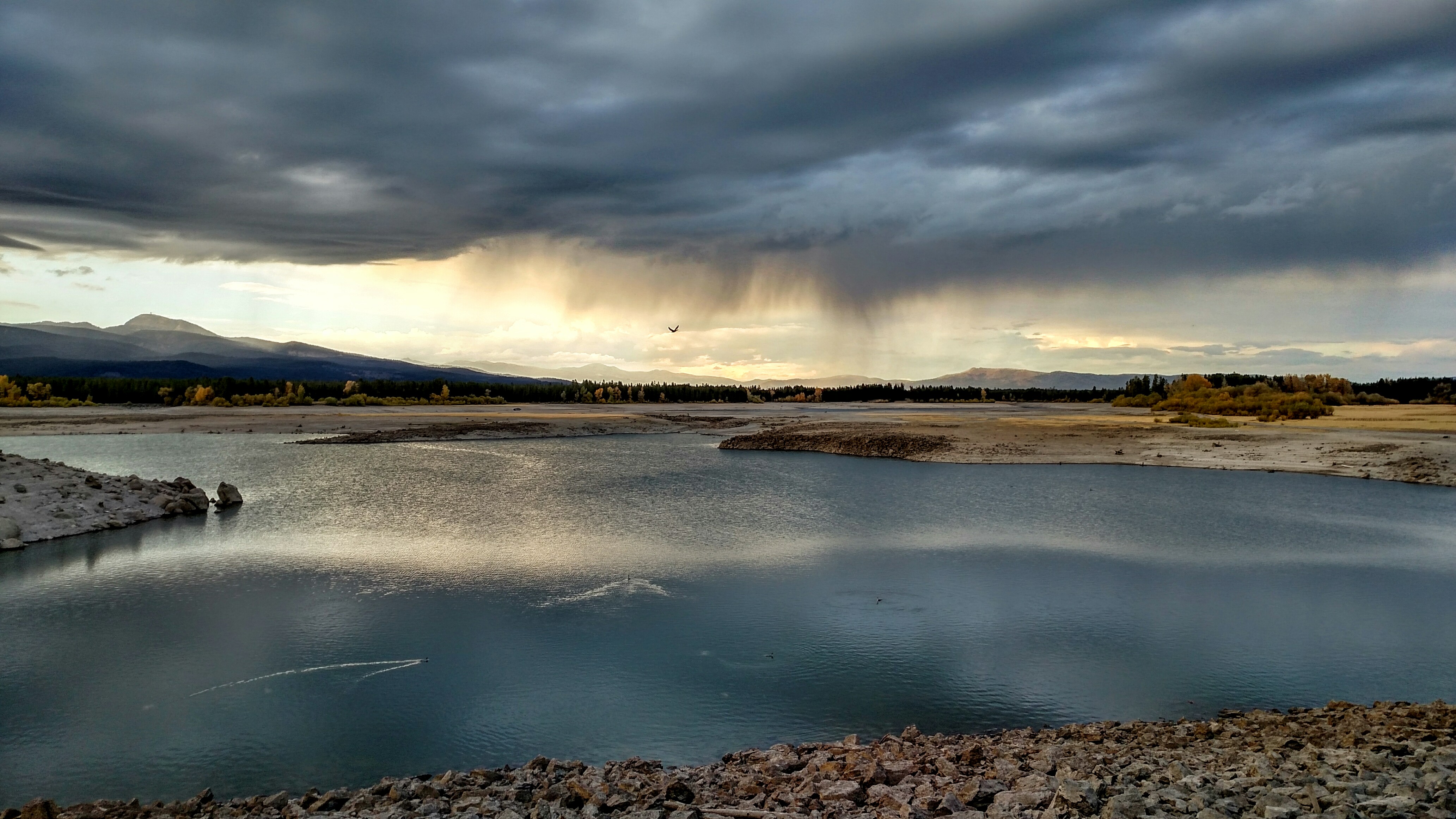
River Guardian Spotlight: Tom and Doris Squeri
Written by Doris Squeri Tom and I met on our first day of grad school back in 1982. We were both broke and stressed, and we both loved the outdoors, so I decided that an affordable way to relieve some of that stress might be to learn how to fly-fish. We had learned to fish with our dads when we were very small, but it was bait fishing, and we wanted to try something new.











